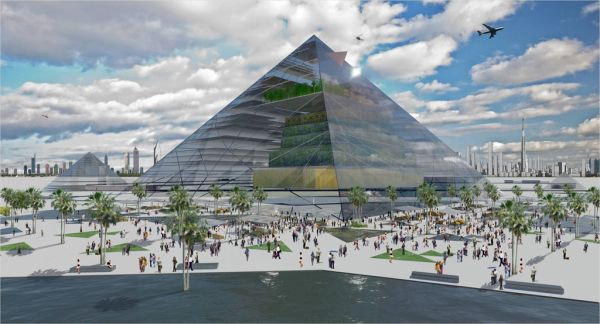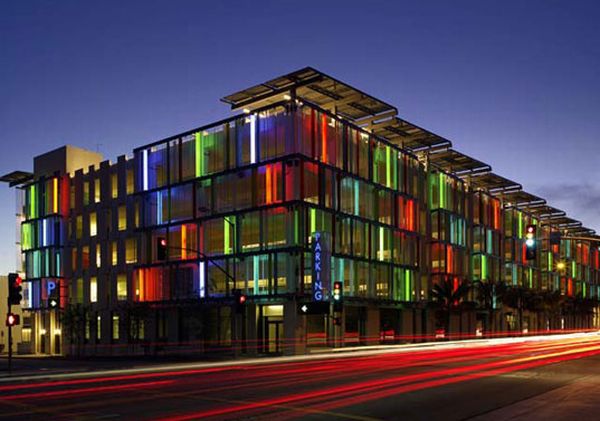
As we know it:
Food, cloth and shelter are three most basic requirements for any human being. At this moment total world population is over 6.97 billion and the number is growing every second. It is a disturbing fact that a large part of world population fall asleep every night with only half filled stomach. It is a shame on our part. And a major reason behind is scarcity of food. The way humanity is growing on this earth, it would become more difficult to feed them regularly with nutritious food.
From the 20th century only, researchers are working to solve the food riddle. Objectives behind most of those researches were increasing farm productivity. These investigations have indeed increased productivity through cross-breeding and genetic modifications. However, higher yield only cannot suffice in the age of population explosion. Area under farming is also becoming a crucial component.
With the advent of large scale industries and urbanization, farm land is shrinking every day. On the other hand, environmental concerns are restricting conversion of forests into farmland. Situation demands a midway to solve the problem. And the middle way, according to many scientists, is vertical farming. Idea imitates the logic behind skyscrapers. If you canât grow in width, better be taller then.
Need for change:
The term âvertical farmingâ was first used by Gilbert Ellis Bailey in 1915. It was a futuristic idea then. Later major contributions in this field came from Dr. Dickson Despommier of University of Columbia and architect Ken Yeang.
Vertical farming, as per Dr. Despommier, is farming within a skyscraper under a controlled environment like any modern day glass houses. Farming under such controlled environment would hardly require use of fungicides and insecticides. However, controlled environment also needs continuous energy usage. This would be having an environmental impact. Recently developed, self powered vertical farming techniques address this issue of energy requirement. Solar panels and wind turbines could be major source of energy for such farms.
Whatâs next?
Various vertical farming concepts are available today. All of them have their advantages and disadvantages. Letâs see how these conceptual designs are addressing the issue.
1. Clepsydra urban vertical farming
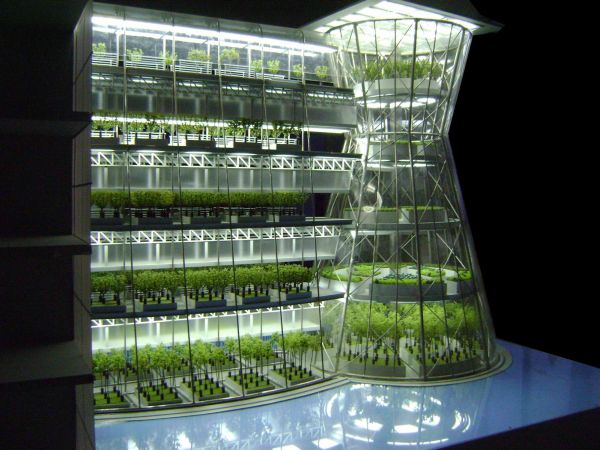
Whatâs new?
This model actually conceptualizes integration of vertical farming with existing residential complexes. The design is easy to construct and does not require intricacies of welding. Industrial grade steel rods can be used to erect such farming structure. It is basically a 10-storied structure, which would be equal to 6 acres of tillable land.
What difference will it make?
Clepsydra design tries to combine residential and business complex with vertical farming. Food requirement of these existing urban complexes can be supported from these vertically stacked glass houses. Besides, energy used in storage, packaging, transportations and sales processes can be saved. Energy saving means lesser pollution. So in that sense, Clepsydra concept promotes lower carbon emission.
2. Sustainable vertical farm concept grows food hydroponically
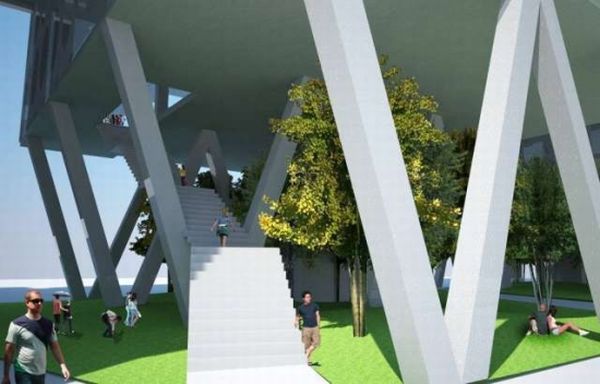
Whatâs new?
Scientists at Victorian Eco Innovation Lab have developed a completely new design for vertical farming. According to them, conventional techniques wonât be effective in indoor environment of glass houses and skyscrapers. Instead, they are thinking on growing plants on structural frames hydroponically. Their design features skyscrapers with large frame structures and very few number of âfloor to wallâ structures. Open internal floors and walls in this design allow ample sunlight and air flow. Concept mainly promotes use of stairs and restricts elevators for energy conservation. Such building can also house office areas, entertainment blocks etc.
What difference will it make?
Ample day light and air ventilation would negate requirement of energy consuming artificial lighting and air filtration. This makes the concept more effective in term of energy conservation.
3. Beehive-inspired vertical farm
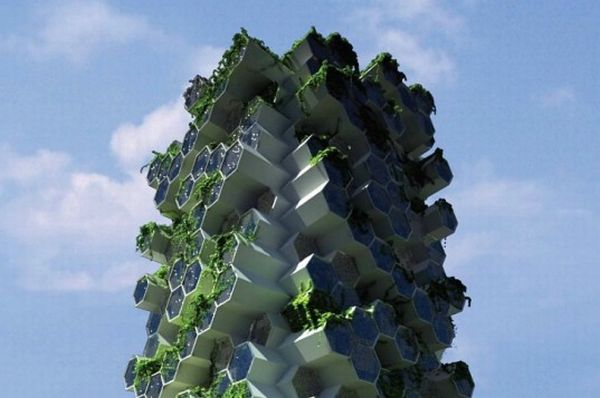
Whatâs new?
Another hydroponic vertical farming design has been promoted by Xome Arquitectos, a Mexican architectural firm. This design has already been used for developing a hexagonal residential skyscraper in London. In this building, renewable power generation facility, installed on the roof, would feed energy requirement of the building. Roof would also work as rainwater collection point. Water thus collected would be used in aquiculture, toilets and bathing. Hydroponic farming would be done in the center of the building, which is accessible for all the inhabitants.
What difference will it make?
This beehive like vertical farming structure is a beautiful piece of architecture. More such self-reliant residential facilities could be answer to the upcoming problem of how to feed ever growing urbanization. Besides, such buildings would also allow more green space for residential recreation in an urban setup.


